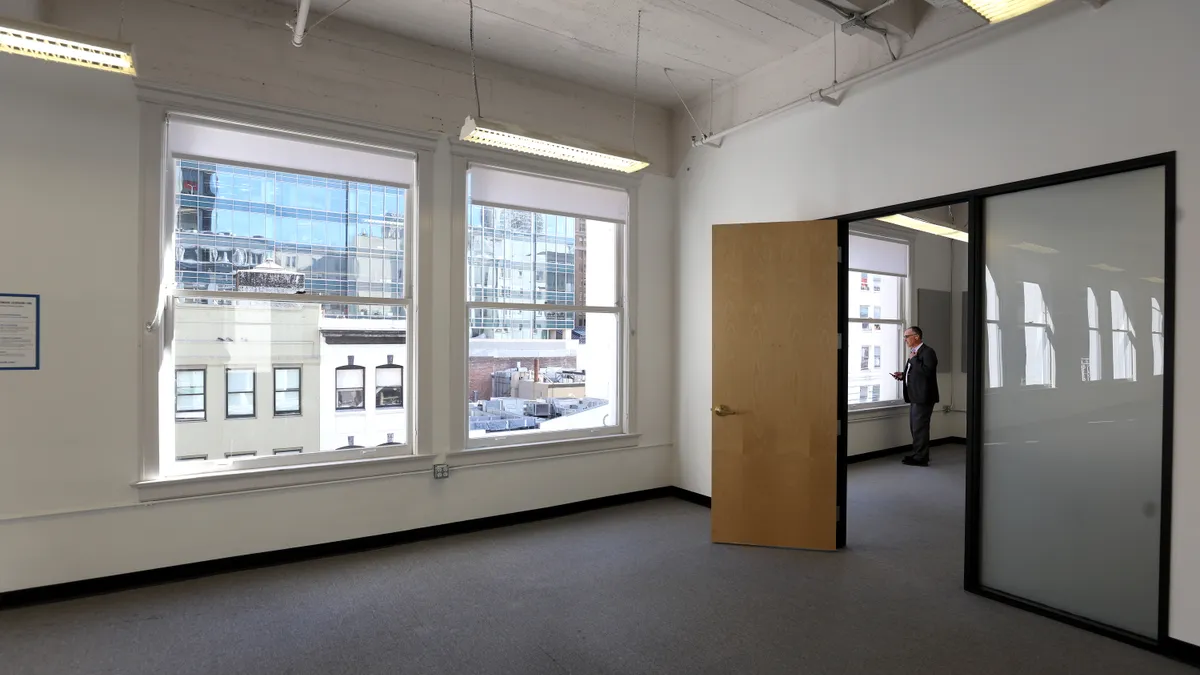On-site work requirements may worsen retention and make hiring more difficult, according to The Conference Board.
Nearly three-fourths of HR executives surveyed reported challenges getting workers to return to the office, and 68% said they are considering strategies to increase on-site work. But those efforts may also be creating retention problems: 71% of respondents who said they were mandating an on-site work policy said they were struggling to retain workers.
In comparison, 46% of employers that give workers a choice of where to work reported the same.
Voluntary turnover among on-site workers has also increased 26% in the last six months — twice the rate of increase among remote workers.
"To attract and retain talent, the C-suite will need to develop policies that balance workplace flexibility with the cultural and social benefits of on-site work," Robin Erickson, vice president of human capital at The Conference Board, said in a statement. "While every organization is different, hybrid work is the likely solution in many instances. And, as these survey results make clear, offering hybrid work is a critical tool in the toolkit for attracting and retaining workers, especially amid a strong labor market that continues to defy expectations."
Concerns have risen of late around worker productivity trending downward, but experts previously told HR Dive that the root cause is more complicated than solely remote work. Disruptions like the pandemic, tech issues, layoffs and inflation, may all have contributed to worker productivity drain, experts said.
The Conference Board also noted that U.S. labor productivity peaked in 2021 when 38% of all U.S. workers were remote, and that it has only slid since remote work has declined — though the report also said it is “too soon to say whether any apparent correlation between remote work and productivity is causal.”















